Avocado tree care and growing guide: expert tips for success
Fantastic for growing in warm areas, avocado trees will reward you with glossy leaves and delicious fruits when grown correctly

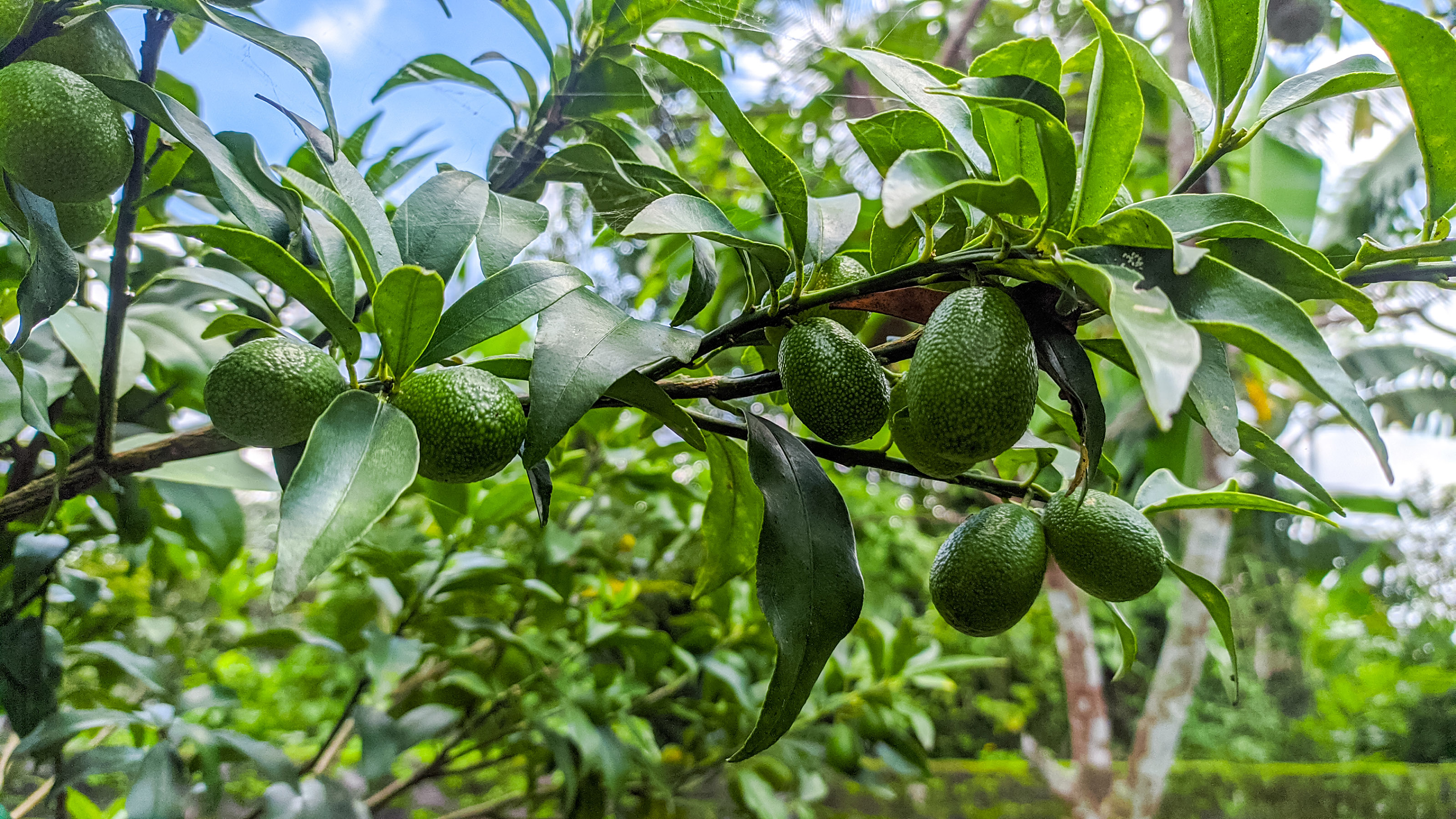
There’s no doubt that the avocado is the fruit of the day, whether you spread it on your toast or eat it as guacamole. Rich in vitamins, minerals, antioxidants, essential fats and fiber, this is definitely a superfood. And in the right climate, you can grow your own crop of avocados at home.
Botanically known as Persea americana, this is a tree with tropical origins, native to South America. Cultivation of avocados is thought to go back as far as 750BC – archaeologists have found seeds in Incan burial grounds. The fruit as we know it was named by Spanish invaders, who called it ‘aguacate’, and the word 'avocado' derives from this interpretation.
Avocados are now a huge commercial crop, grown widely across the globe from California to Florida, and South Africa and other regions with similar climate conditions. It’s also a popular houseplant in less tropical climes, in many cases the offspring of home-germinated avocado seeds.
An attractive tree in its own right, with glossy dark green leaves, it makes a good, medium-sized tree for the home gardener, depending on the cultivar you choose.
As one of the best fruit trees, you'll find that different varieties fruit and bloom at different times of the year – this enables commercial growers to harvest all year round. However, even the average tree is very abundant, producing around 150 fruits in a growing season.

Avocado trees: key facts
- Plant type: Fruiting tree
- Mature size: 30-100ft (9-30m)
- Soil type: Moist, but well-drained
- Soil pH: Slightly acidic
- Time of year to plant: Fall to early summer
- Flowering time of year: Spring
- Flower color: Pale green, light yellow
- Hardiness zones: USDA 10-12
- Scientific name: Persea americana
- Common name: Avocado

Types of avocado trees
Avocados are tender evergreen trees and there are three main types: Mexican, West Indian and Guatemalan – and many cultivars derived from these. The difference is in the size and amount of oil in the fruits.
The Mexican ones have the most, but the smallest, fruits. West Indian avocados have the largest fruits but less oil, while Guatemalan avocados are somewhere in between.
There are over 1,000 varieties of avocados to explore when choosing a tree for your garden, to suit a range of different growing conditions. Typical California varieties such as 'Hass', 'Gwen', 'Pinkerton', 'Fuerte' and 'Reed' are mostly Guatemalan types with rough skins. 'Hass' avocado trees, available at Fast Growing Trees, are the most widely grown in California.
Other varieties common in commercial growing include 'Serpa', which is native to Brazil and Argentina. Varieties grown in Florida tend to be smoother-skinned West Indian types, such as 'Donnie' and 'Simmonds', and hybrids such as 'Booth 8', 'Choquette', and 'Monroe'.

Other varieties of avocado tree include the following:
- 'Brown turkey': A fast-growing tree of the Mexican variety. It's best for warmer zones, such as Florida, and drought-prone areas.
- 'Naranjo': This is a popular choice for home-growers, being easy to grow in warm climates with good soil.
- 'Bacon': A fast-growing, compact tree that's good for smaller spaces. It produces large, pleasantly flavored fruit.
- 'Ettinger': Very popular with good cold tolerance, enabling them to grow as far north as New England and Canada.
- 'Mexicola': Hardy to -18°F (-27°C), this is one of the most cold-tolerant varieties, but it does need prolonged warmth and sunshine to produce fruit.
- 'Masami': A fast grower, this matures in two years to produce sweet creamy fruits. Good for tolerating colder temperatures, too.
- 'Jeanette': One for hot, dry areas like the south western States. This is not cultivated widely as the fruits don’t store well, but it can be a good drought-tolerant choice.
- 'Buttercup': Needs lots of space as it will grow up to 140ft (43m) tall, producing sweet-flavored fruits.
- 'Yellow pear': Growing up to 180ft (55m) tall, this is one of the biggest varieties.
- 'Black turtlehead': Grown in many tropical zones, it will reach heights of around 160ft (49m).
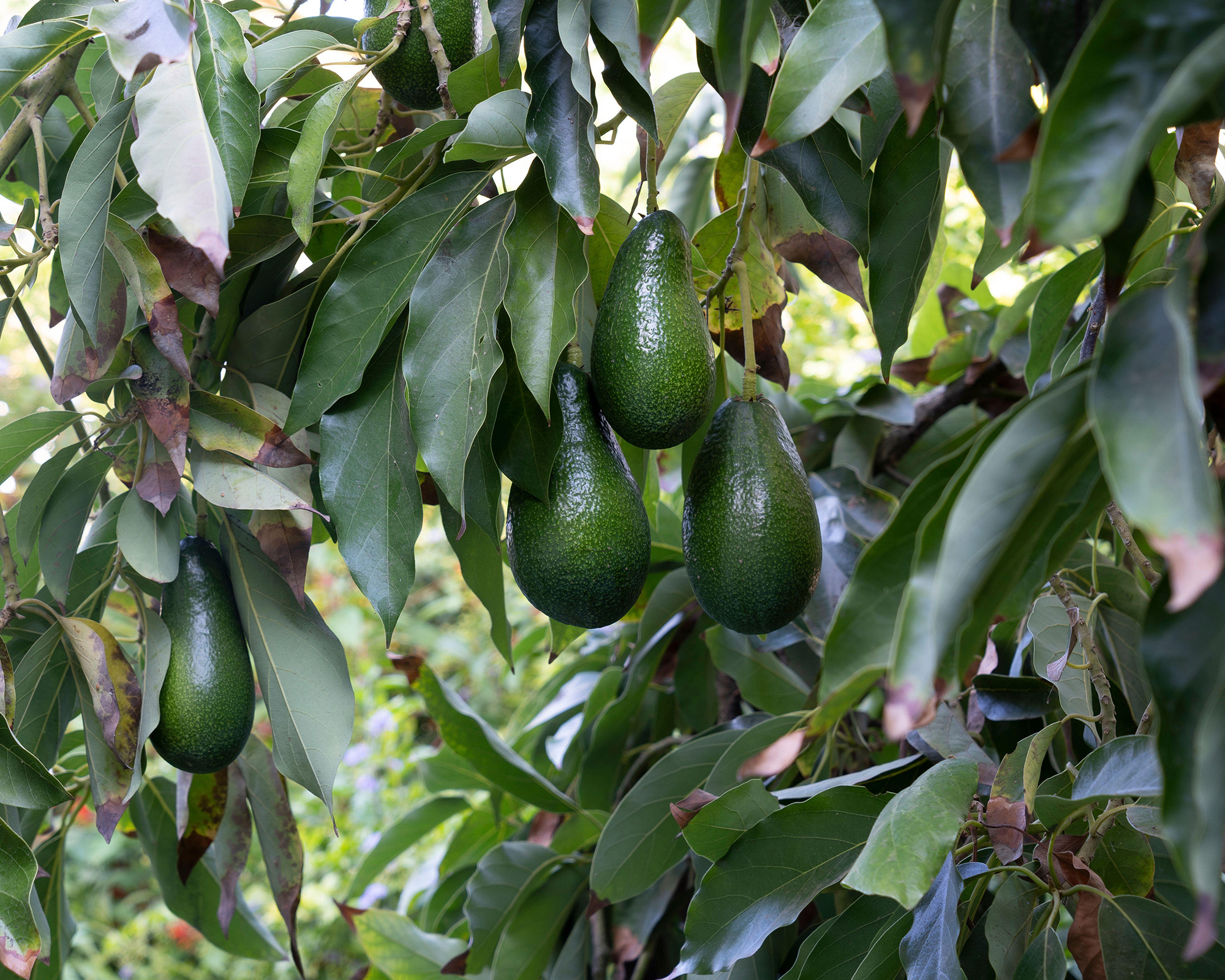
How to use avocado trees in your yard
The avocado makes a great tree for warmer climate zones. It’s attractive, productive and a good shade tree, too.
Integrate it into a planting area – either one dedicated to fruit and vegetables or a mixed interest border – but don’t go too heavy on putting plants under the trees.
Avocado trees don’t work well planted in the middle of a lawn. Also, avoid growing them near buildings and paved areas – mature trees can reach large proportions.
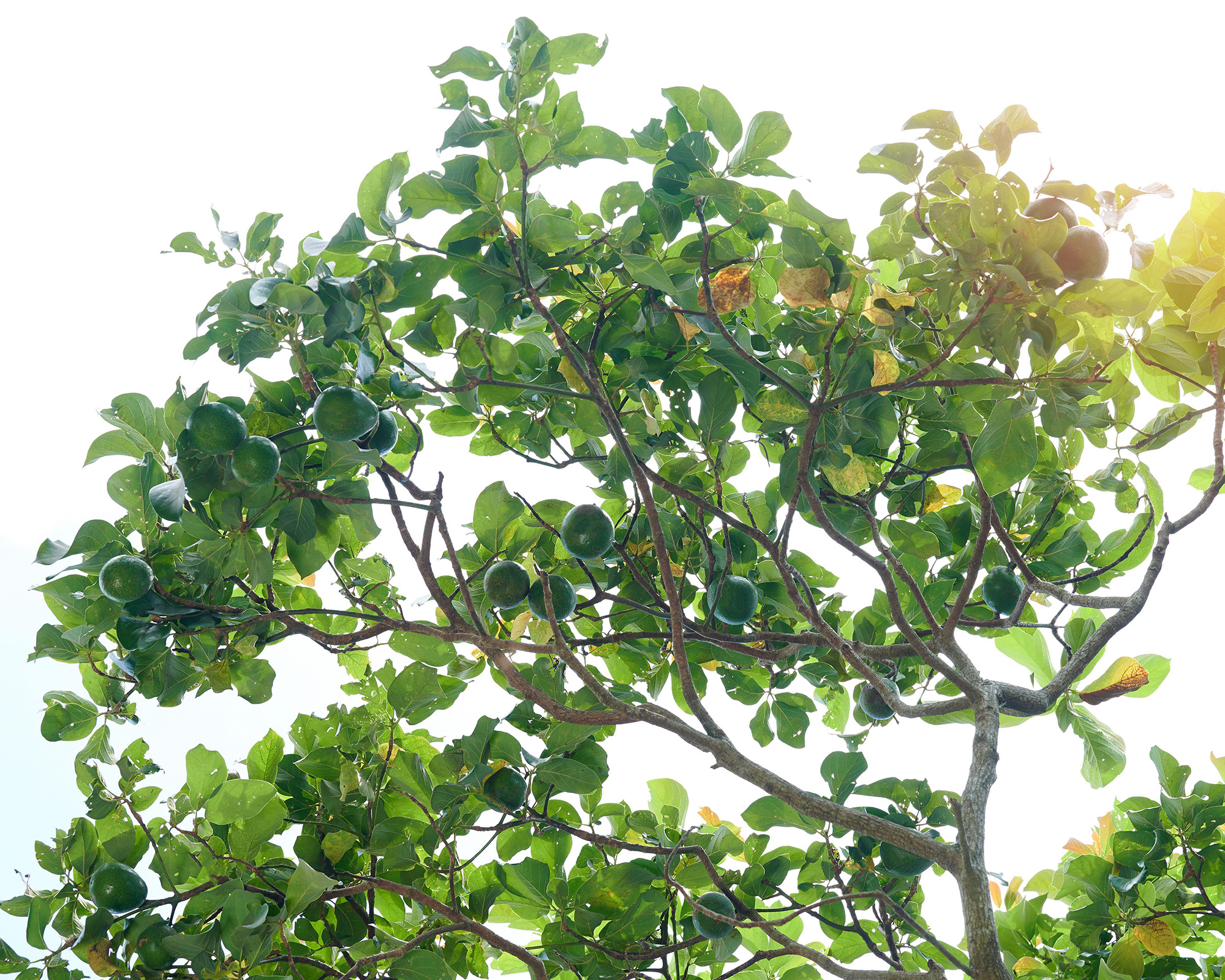
When, where and how to plant avocado trees
The time to plant avocados outdoors does vary somewhat, depending on where you live. But generally, you can plant grafted, pot-grown trees directly in the ground at any time when the weather is warm. The experts at the California Avocado Commission suggest spring as the best time.
The ideal site will have rich, moist-but-well-drained soil that’s not prone to flooding or frost. Most avocado trees grow best in a warm, sheltered spot where the temperature is constant, the sun direct and plentiful and you can access a good water supply. It’s worth choosing a spot where there is space to allow the tree to grow to its full size – if left unpruned, you can end up with a very large tree in some cases.
Dig a generous planting hole – there’s no need to add organic matter or gravel for drainage – or plant the tree on a mound if you are growing on heavy clay.
The California Avocado Commission says: 'The avocado is a shallow-rooted tree with most of its feeder roots in the top 6in (15cm) of soil, so give it good aeration. Its root system is very sensitive, and great care should be taken not to disturb it when transplanting.'
If growing avocados as houseplants, you can plant them indoors at any time of the year. And, if growing them as fruit trees in pots, make sure you have a generous-sized container and use good-quality growing compost.

Avocado tree care tips
As with most fruiting trees, a good fertilizer should be applied to young avocados in spring – when they become flowering trees.
Make sure the fertilizer you choose has a good mix of nitrogen, phosphorous, potash and magnesium. In commercial avocado growing, trees might also be sprayed with copper, zinc and boron in their early growth years.
The University of Florida horticulture team says: 'Avocado trees are susceptible to iron deficiency under alkaline and high pH soil conditions. Iron deficiency can be prevented or corrected by periodic soil applications during the late spring and summer of iron chelates formulated for alkaline and high soil pH conditions.'
Being tropical plants, avocados do need regular watering, particularly when newly planted. Also, pay attention to the variety you have chosen – most will need watering through drought conditions, but some will be more tolerant of drier weather.
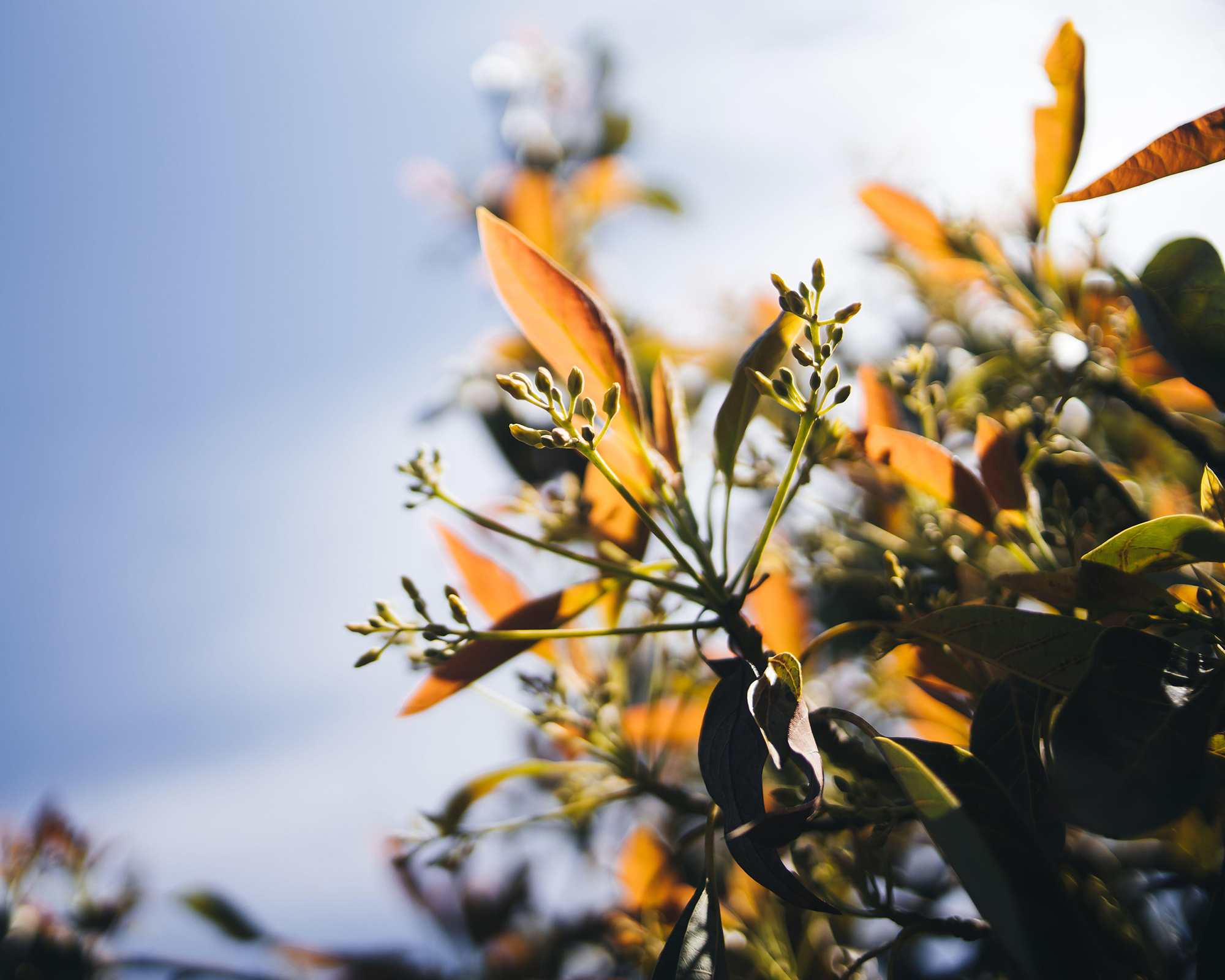
How to make more avocados
It’s possible and fun to grow an avocado from the seed of one you have just eaten, although this is not the best nor fastest route to growing a backyard tree for fruit.
The California Avocado Commission suggests using what is now a classic method for germination, where you suspend the seed with three toothpicks over a glass of water, with the bottom third of the seed submerged.
This should give you an attractive leafy tree, although best kept as a houseplant – trees grown from seed may take over a decade to flower and fruit. If you want a productive tree, the best way to propagate is by grafting, like the commercial avocado growers do.

Common problems with avocado trees
There are a number of pests and diseases that affect commercially-grown avocado trees, including laurel wilt, which is fatal to the trees.
The experts at the University of Florida say: 'You can't discuss avocado trees without discussing laurel wilt. This deadly disease kills tree species in the laurel family (Lauraceae), of which avocado is a member. Laurel wilt is caused by a fungus that is introduced to the trees by several species of beetles.
'This disease is currently threatening the avocado industry in Florida, but that doesn’t mean you shouldn’t consider planting a tree in your backyard. If you're in an area where avocados are not being commercially grown, it's most likely that you can safely grow avocados in your landscape.'
Other diseases that are less harmful include fungal infections, such as anthracnose, that can cause fruit to rot; while root rot and powdery mildew (also a common apple tree disease) will affect the leaves but are usually not serious in terms of the damage to tree growth.
Infestations from insects depend on which area you are growing in, but can include avocado looper, red mite, and lace bugs, as well as scale insects, borers and thrips.
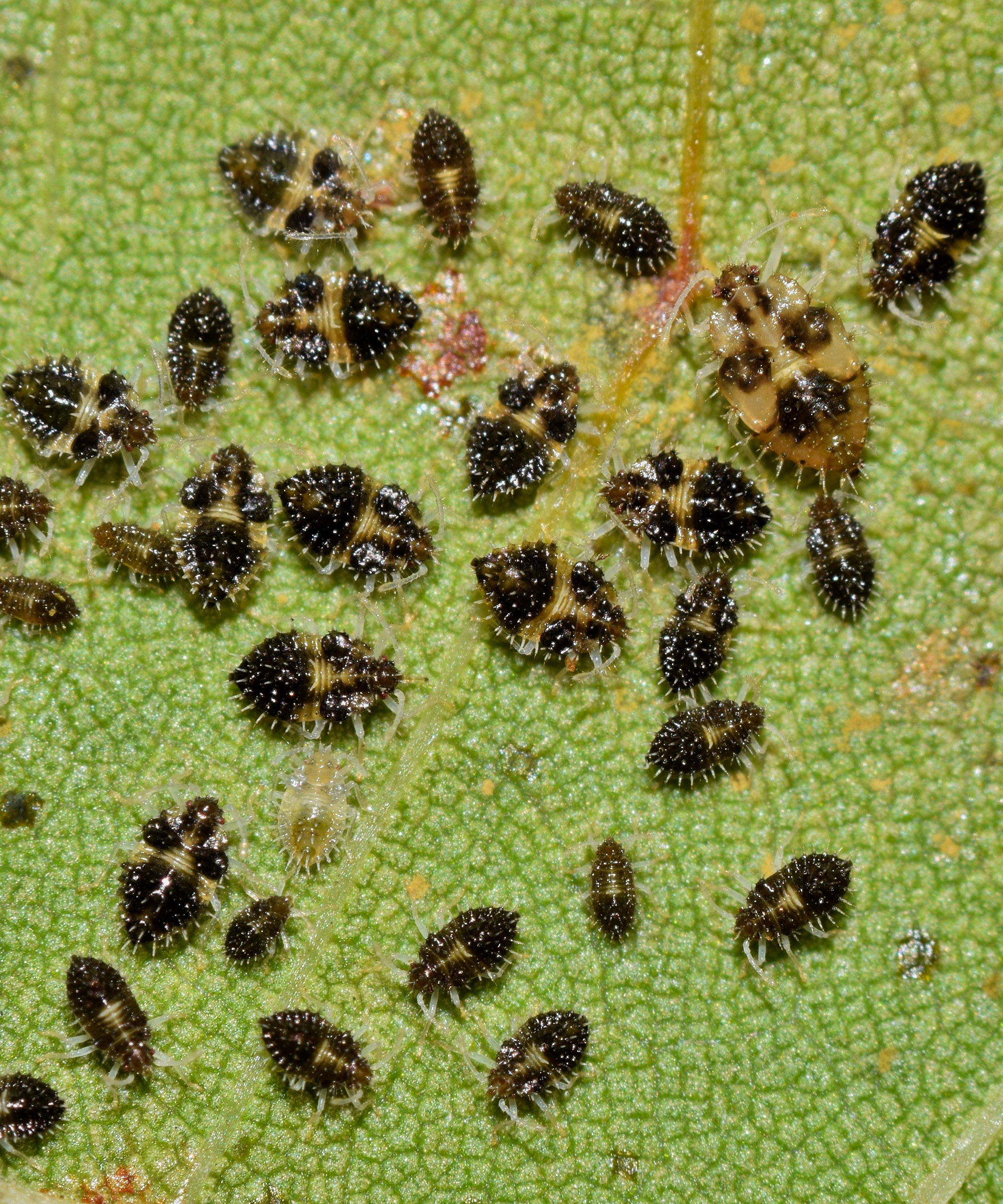
How long does it take for an avocado tree to fruit?
Trees grown from seed may take up to 13 years to flower and fruit. However, grafted trees usually start to fruit when they are about four years old.
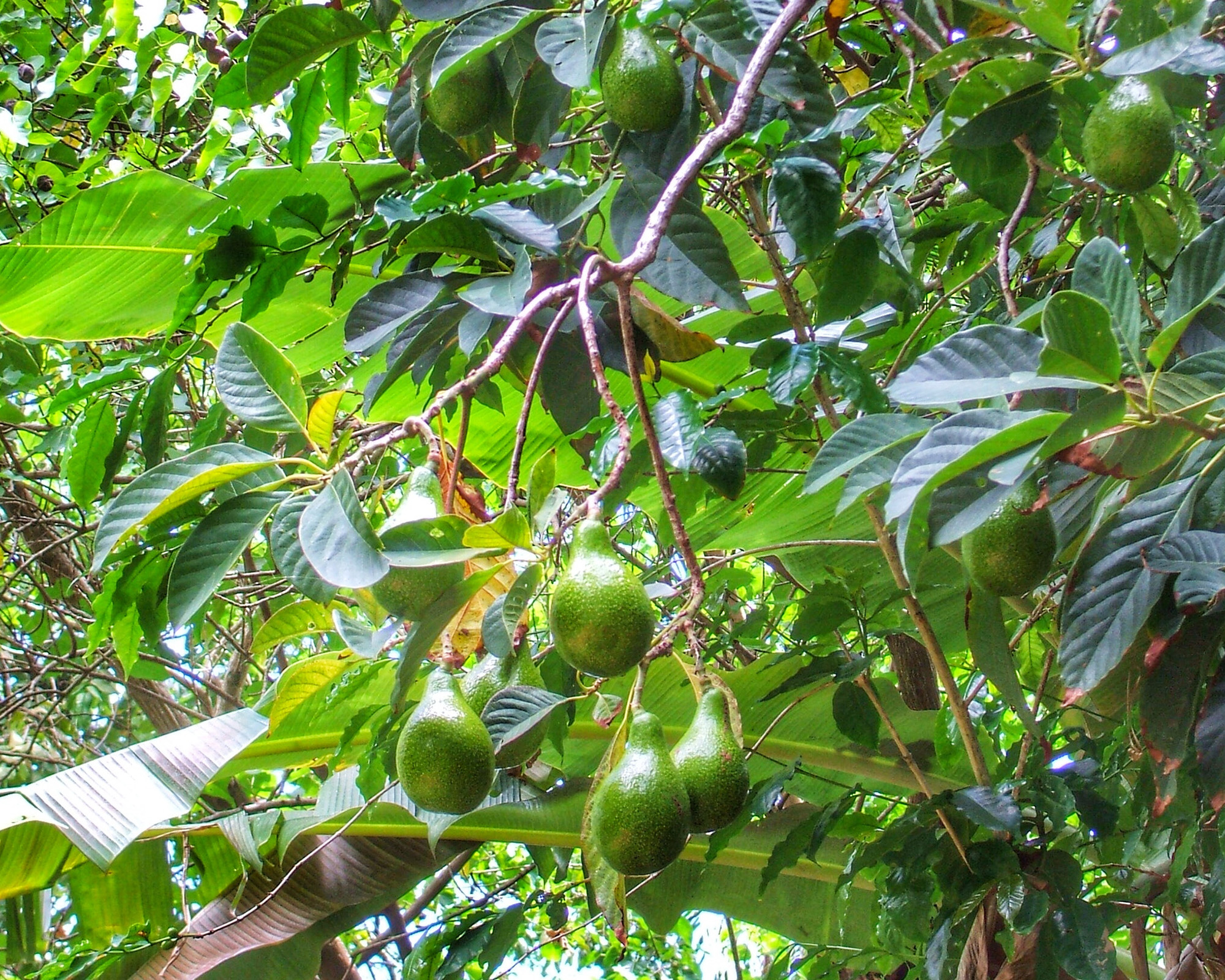
Do avocados like sun or shade?
Avocados are not one of the best trees for shade. Being tropical sun-lovers, they need plenty of full sun to thrive and produce fruit when growing outside.
If growing as an indoor plant, choose a sunny location by a window or in a conservatory.
Where to buy avocado trees
If you're on the lookout for your own avocado tree, these quicklinks will help you start your search:
Shop avocado trees in the US:
- Shop for avocado trees at Nature Hills
- Shop for avocado trees at Fast Growing Trees
- Shop for avocado trees at Planting Tree
Shop avocado trees in the UK:

In her years of gardening, Camilla has designed planting schemes for gardens large and small in and around London, written about plants and how to grow them, and worked on BBC gardening TV shows. She's passionate about sharing tips, advice and the joy of plants in this great community of gardeners that we’re all part of, and she now also works as a therapeutic horticulturist, teaching growing for wellbeing and mental health. Her unfulfilled ambition is to crack the ultimate dog-friendly garden - she thinks getting it right depends more on the dog than the plants...
